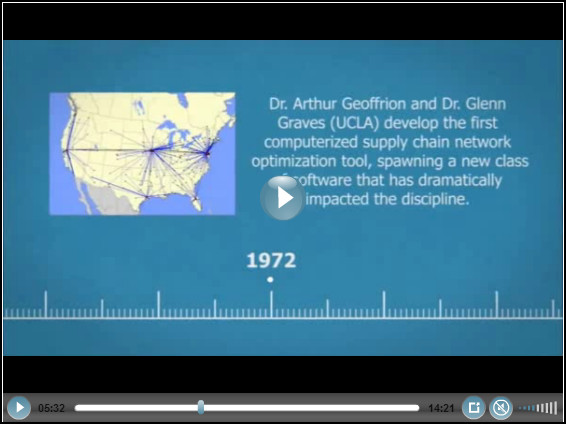In the summer of 2017, Pearson Education, Inc (the original publisher of the book) turned over the rights of the book to the authors.
We spent the Fall working to get the book republished.
I thought that I would get it done over Labor Day weekend. I underestimated the work! But, now, we have the book back up on Amazon, in two new formats– paperback and Kindle. Note that the hardback version is the one published by Pearon and is only available used. I would recommend you went with the paperback or the Kindle version.
Also, we were able to lower the price of the paperback version and drastically reduce the price of the Kindle version. If you are teaching a class, the Kindle version is priced so that you can use a chapter or two from the book in your class.
